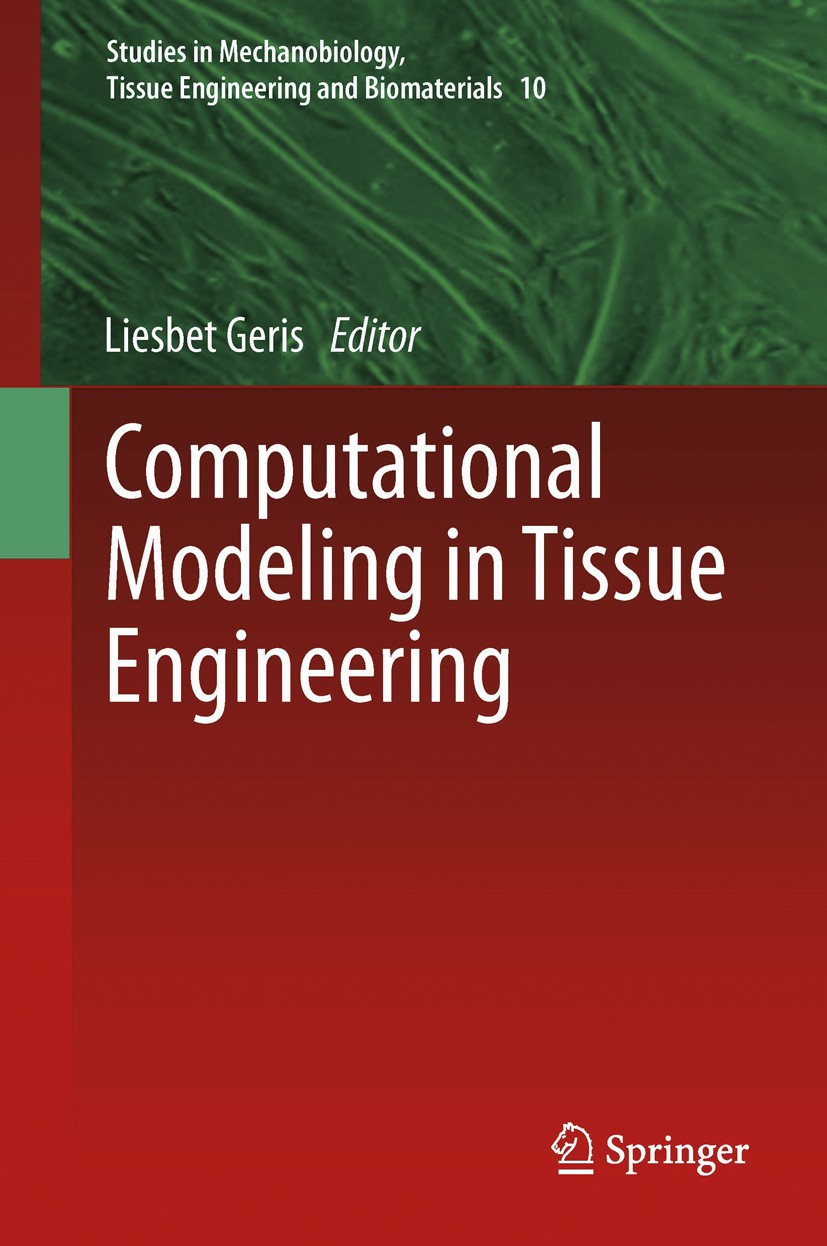| 书目名称 | Computational Modeling in Tissue Engineering |
| 编辑 | Liesbet Geris |
| 视频video | http://file.papertrans.cn/233/232813/232813.mp4 |
| 概述 | Applies the principles of engineering and life sciences toward the development of biological substitutes.Helps quantifying and optimizing micro-environmental signals to which cells and tissues are exp |
| 丛书名称 | Studies in Mechanobiology, Tissue Engineering and Biomaterials |
| 图书封面 |  |
| 描述 | One of the major challenges in tissue engineering is the translation of biological knowledge on complex cell and tissue behavior into a predictive and robust engineering process. Mastering this complexity is an essential step towards clinical applications of tissue engineering. This volume discusses computational modeling tools that allow studying the biological complexity in a more quantitative way. More specifically, computational tools can help in:(i) quantifying and optimizing the tissue engineering product, e.g. by adapting scaffold design to optimize micro-environmental signals or by adapting selection criteria to improve homogeneity of the selected cell population;(ii) quantifying and optimizing the tissue engineering process, e.g. by adapting bioreactor design to improve quality and quantity of the final product; and (iii) assessing the influence of the in vivo environment on the behavior of the tissue engineering product, e.g. by investigating vascular ingrowth.The book presents examples of each of the above mentioned areas of computational modeling.The underlying tissue engineering applications will vary from blood vessels over trachea to cartilage and bone.For the chapte |
| 出版日期 | Book 2013 |
| 关键词 | Biological Response; Biological Substitutes; Bioreactor Design; Bone Tissue Modeling; Cartilage Tissue M |
| 版次 | 1 |
| doi | https://doi.org/10.1007/978-3-642-32563-2 |
| isbn_softcover | 978-3-642-43078-7 |
| isbn_ebook | 978-3-642-32563-2Series ISSN 1868-2006 Series E-ISSN 1868-2014 |
| issn_series | 1868-2006 |
| copyright | Springer-Verlag Berlin Heidelberg 2013 |
 |Archiver|手机版|小黑屋|
派博传思国际
( 京公网安备110108008328)
GMT+8, 2025-11-12 21:42
|Archiver|手机版|小黑屋|
派博传思国际
( 京公网安备110108008328)
GMT+8, 2025-11-12 21:42


